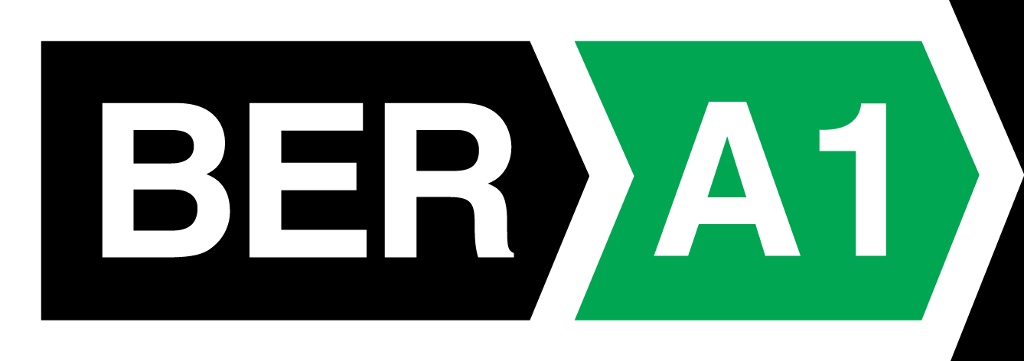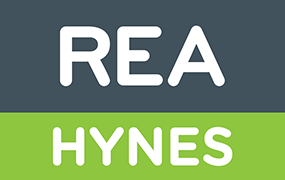
In recent years, Building Energy Ratings (BERs) have become a critical factor in Ireland’s property market. As awareness of energy efficiency and sustainability grows, potential buyers and renters are placing increased importance on properties with higher BERs. But what exactly is a BER, and does it really matter???
So what exactly is a BER???
A Building Energy Rating (BER) is a measure of a building’s energy performance. The BER scale ranges from A to G, with A-rated properties being the most energy-efficient and G-rated properties the least. The rating provides prospective buyers and tenants with a clear understanding of the energy efficiency of a property, as well as the estimated energy costs.
Introduced in Ireland under EU directives, BER assessments are carried out by registered assessors and have become a legal requirement for most properties being sold or rented.
Does it really make a difference???
The importance of BERs has increased significantly for a variety of reasons:
Rising Energy Costs: As energy prices continue to climb, households and businesses are keen to reduce energy bills. A high BER indicates better insulation, efficient heating systems, and lower energy consumption, translating to significant cost savings in the long run.
Environmental Awareness: Climate change is no longer a distant concern but a pressing issue. Irish households contribute to greenhouse gas emissions, and improving the energy efficiency of buildings is seen as a vital step in reducing the country's carbon footprint. Properties with a high BER are more sustainable, aligning with the environmental values of an increasing number of people.
Government Initiatives: The Irish government has introduced several measures to encourage energy efficiency, including grants for retrofitting homes. These initiatives make it more feasible for property owners to invest in improving their BER, further driving demand for energy-efficient homes.
Market Appeal: Properties with higher BERs are becoming increasingly attractive to buyers and renters. A higher BER often means a more comfortable living environment, with fewer draughts and consistent indoor temperatures. As a result, these properties tend to sell or rent faster and at higher prices.
A noticeable shift is occurring in the Irish property market. Buyers and renters are no longer solely focused on location, size, or aesthetic appeal. Energy efficiency has become a key consideration. Recent studies have shown that properties with higher BERs command a premium, as people are willing to pay more for homes that promise lower energy bills and greater comfort.
Improving a Property's BER
Given the growing interest in energy-efficient properties, many homeowners are taking steps to improve their BER. Common measures include:
Installing better insulation in walls, attics, and floors.Upgrading windows and doors to double or triple glazing.Replacing outdated heating systems with modern, energy-efficient alternatives.Adding renewable energy sources such as solar panels.
Government grants and incentives, such as those offered by the Sustainable Energy Authority of Ireland (SEAI), have made these upgrades more accessible and cost-effective.
The emphasis on Building Energy Ratings reflects a broader societal shift towards sustainability and energy efficiency in Ireland. For buyers and renters, a high BER means reduced costs, environmental benefits, and improved comfort. For property owners, it represents a key selling point in an increasingly competitive market.
As energy efficiency continues to rise in importance, the BER is no longer just a regulatory requirement—it’s a vital factor shaping the future of Ireland’s property landscape.
If you are looking to get a BER on your property or are looking at the possiblity in upgrading, we are happy to refer you to someone who can advise!
